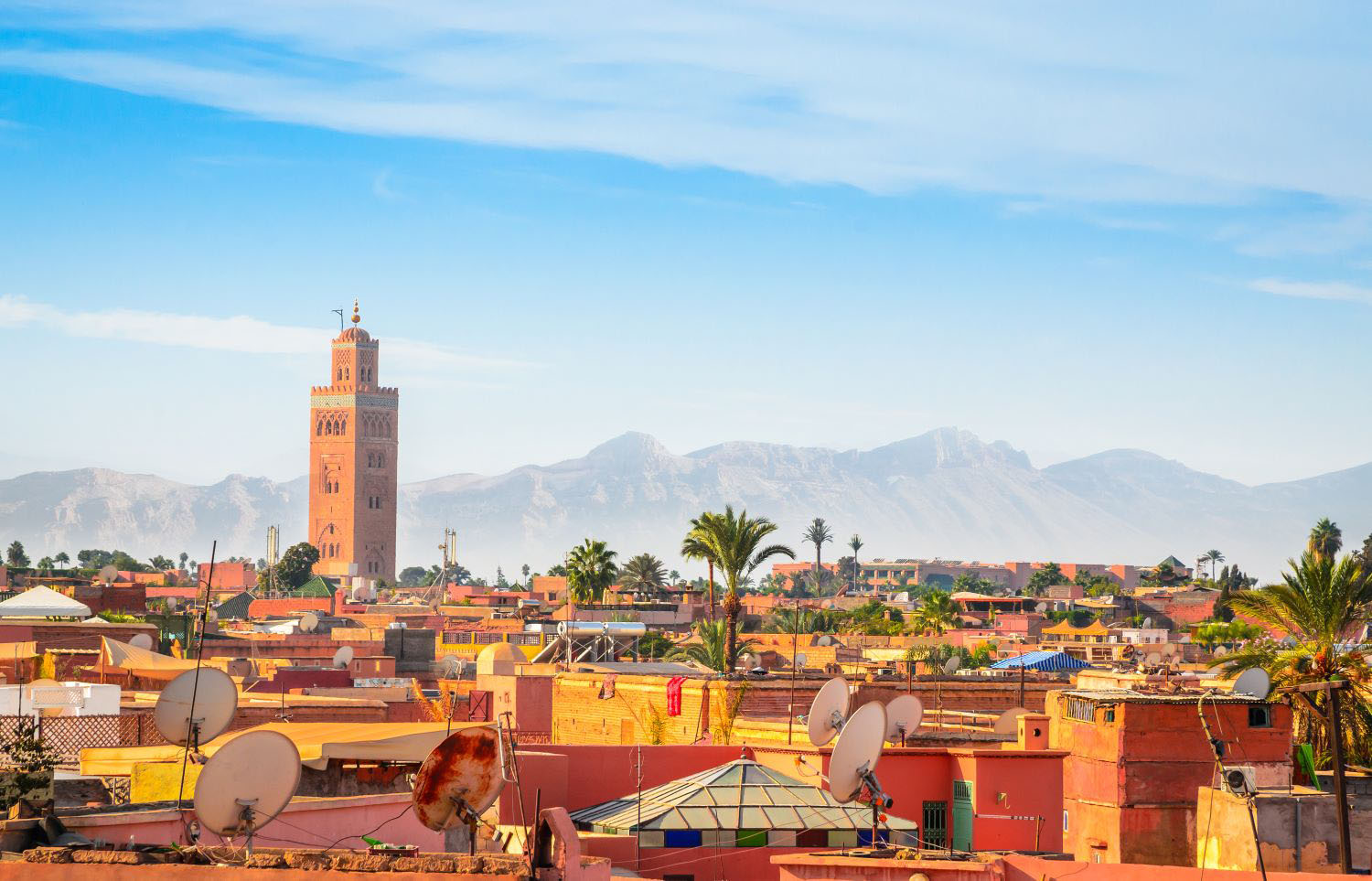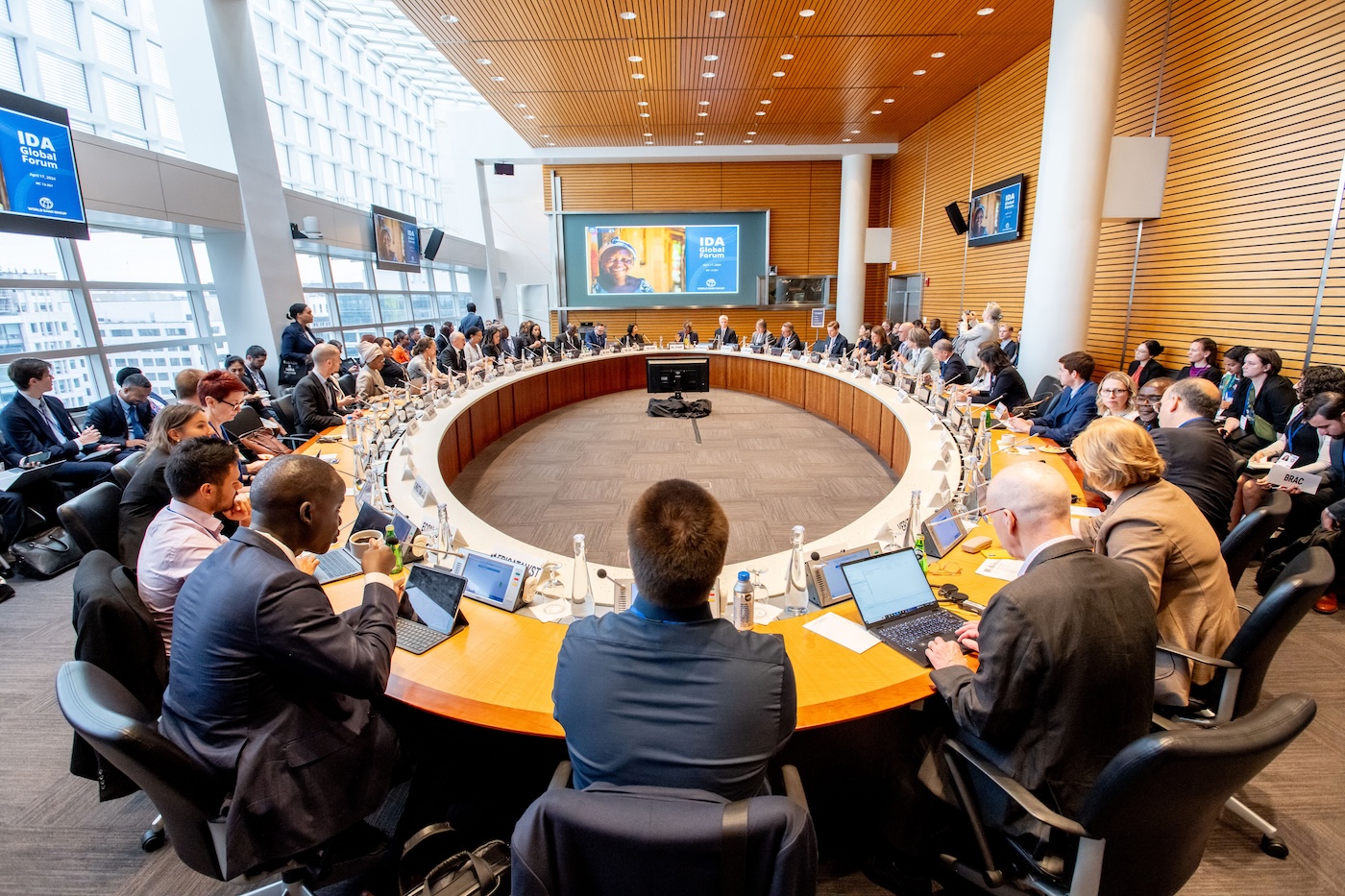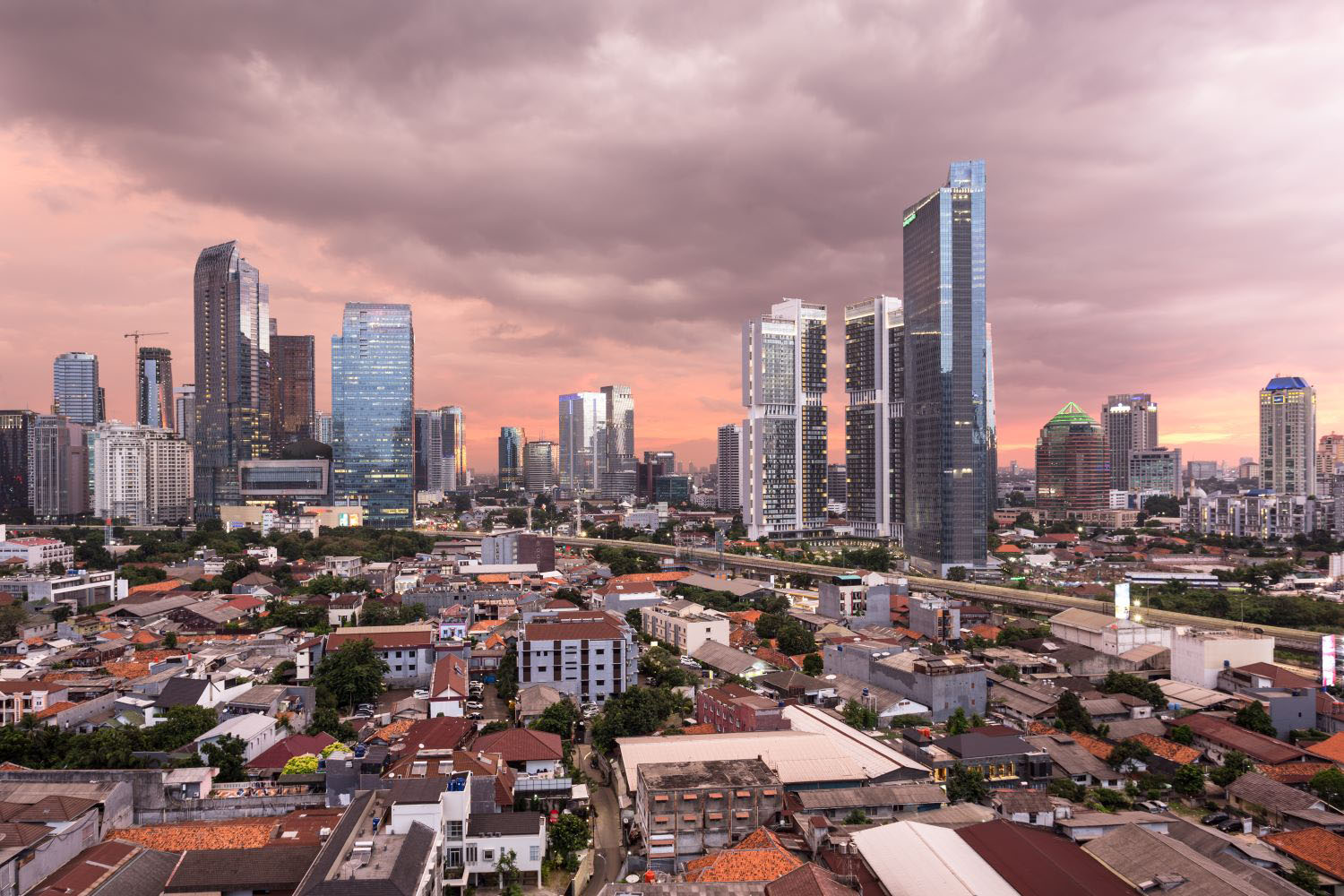Recommended

Ahead of the World Bank-IMF Annual Meetings in Marrakech, we're excited to share a new tool for tracking reforms at the multilateral development banks (MDBs). The Multilateral Development Bank Reform Tracker is an innovative platform that explores how the six largest MDBs—the World Bank, Asian Development Bank, African Development Bank, Inter-American Development Bank, European Bank for Reconstruction and Development, and the European Investment Bank—are making progress on the three major reform agendas:
- the G-20 Independent Review of MDB’s Capital Adequacy Frameworks (CAF Report);
- the G-20 Independent Experts Group Report of Strengthening the MDBs (G-20 IEG); and
- the Summit for a New Global Financing Pact which closely aligns with the Bridgetown Agenda.
In short, we found that MDBs are actively considering a wide-ranging reform agenda, and we have already seen notable progress in areas like raising lending limits and launching innovative finance programs. However, most reforms are still in the exploration, rather than implementation, stage.
About the ratings
The tracker details the key recommendations from these agendas and assesses their status at each MDB. Each reform is assigned a rating:
- A “no progress:” rating implies that there is no publicly available information that indicates process on a reform has occurred.
- “In progress” is assigned to reforms that are being developed or under consideration, as reported publicly.
- “Complete” reforms are those where the relevant actions have already been taken or are imminent.
To determine a reform’s status, we reviewed publicly available information from each MDB and consulted directly with the MDBs to ensure accuracy. We intend to update the tracker biannually or when significant reform events are announced.
The reform proposals themselves range widely in terms of specificity. For example, The Capital Adequacy Report includes detailed recommendations for stretching MDB balance sheets, while the G-20 report and the Summit for a New Global Financing Pact broadly include the adoption of CAF recommendations.
There are also significant differences between potential impact, ease of implementation and political viability of different reform items. For example, tripling annual funding for the MDBs as a system by 2030 and for International Development Association (IDA) in particular (as proposed in the G-20 IEG report) combines a high-impact reform with hefty political challenges.
What we are tracking
The MDB reform agenda has been driven largely by major shareholders and major borrowing countries who argue that:
-
The MDBs are not fit for purpose due in large part to gaps in the global challenges agenda in the MDB country-led model, including climate change impacts and pandemic preparedness;
-
The MDBs are managing balance sheets too conservatively and could safely take several actions to unlock significantly more capital; and
-
The MDBs need to move mobilization of private finance for development to the center of their corporate strategies.
The three agendas are:
-
The Capital Adequacy Report which was commissioned by the G-20 in 2021 and published in 2022. The G-20 endorsed the report in the 2022 Leaders’ Meeting, urging the “MDBs to continue to discuss options for implementing the recommendations of the G-20 Independent Review of MDBs’ Capital Adequacy Frameworks within their own governance frameworks.” They reaffirmed this sentiment in 2023, calling for the report’s ambitious implementation and progress reviews at the MDBs.
-
The Summit for a New Global Financing Pact which was approved by most Summit participants in June 2023. This Pact incorporates key proposals put forward by Prime Minister Mia Mottley in the context of her “Bridgetown Initiative”. Prime Minister Mottley launched this initiative during the 2022 UNGA meetings, focusing on the needs of small states like Barbados who are suffering the dire consequences of climate change but contributing next to nothing in global emissions, and called for significant increases in access to finance including through SDR re-allocations and changes to the global debt management architecture, including wider use of debt pause clauses. Both examples are captured in the Financing Pact.
-
The G-20 Experts Group on Strengthening the MDBs. The third set of recommendations is from Volume I of a two volume report issued by an independent experts' group to the G-20 in September.” Volume I, entitled Strengthening the MDBs - The Triple Agenda called for a tripling of MDB financing, the inclusion of global public goods (GPGs) in their formal mission statements and a new window for housing and funding GPG programs. Volume 2 will be released at Marrakech.
The MDB reform conversation so far is largely dominated by Northern Hemisphere voices and major emerging markets like China, India and Brazil. A positive step forward occurred during the recent G-20 meeting in India, where an agreement was reached to include the African Union as a member. However, it is crucial that a wider range of MDB borrowing countries feature more prominently in the MDB reform discussions so that their goals and concerns are addressed. We are committed to incorporating these borrowing country perspectives into the reform agendas tracked on our platform if and when they emerge.
What we found
Reforms are underway across the MDB system
The good news is that a very broad MDB reform agenda is firmly in play. The heat map shows that a long list of reforms is under consideration, not just in the World Bank Group, but across the MDB system. MDB leaders are listening to the coalition of major shareholders and major borrowing countries that has emerged, and have taken steps where there is broad shareholder support. For example:
- The World Bank lowered its E/L ratio and is planning to eliminate its statutory lending limit.
- The World Bank is launching a guarantee program and plans to issue hybrid capital, which some of the other banks are exploring as well.
- The World Bank has agreed to use pause clauses for vulnerable states.
- The African Development Bank has put forward a proposal to fund hybrid capital through SDR rechanneling. While the IMF has expressed support, the AFDB has been unable to find enough donors to participate.
- The Asian Development Bank launched its new Innovative Finance Facility for Climate in Asia and the Pacific in May 2023.
- In early October, the Asian Development Bank announced reforms to unlock $100 billion in new funding over the next decade through balance sheet expansion.
- The EBRD removed its statutory lending limit in May 2023.
Progress in completing reforms is limited
Progress in actually completing reforms is quite limited, and many reforms are still in the aspiration phase rather than the implementation phase. A key purpose of this tracker is to enable people to see and accurately assess the difference. Heading into the Annual Meetings, issues such as how to integrate global challenges into MDB operations and mobilize funding to pay for them are still under debate. One exception will be the decision by World Bank shareholders to add “livable” planet to its mission statement along with the adoption of eight new global challenges. Big questions will linger over the modalities of support as well as financing volumes and terms.
Click here to view the tracker,subscribe to our email list to stay up-to-date on MDB reform progress.
Disclaimer
CGD blog posts reflect the views of the authors, drawing on prior research and experience in their areas of expertise. CGD is a nonpartisan, independent organization and does not take institutional positions.
Image credit for social media/web: christianthiel.net / Adobe Stock






